A plenary session of the European Parliament has voted to adopt a report aimed at increasing the uptake of sustainable aviation fuels in the EU but with elements that go further than those proposed by the European Commission, including an accelerated introduction of SAF that should be made available at EU airports. Both sides agree that the minimum share of SAF should be 2% from 2025 but the Parliament is pushing for 37% share in 2040, compared to the Commission’s 32%, and increasing to 85% by 2050, as opposed to 63%. Other positions adopted include the expansion of the definition of SAF to include, for example, renewable electricity and green hydrogen. However, MEPs excluded food and feed crop-based fuels and those derived from palm fatty acid distillates (PFAD), intermediate crops and palm or soy-derived distillates, a move welcomed by both European airlines and environmental NGOs. The decision comes shortly after another vote in the Parliament to extend the scope of the EU ETS to include all EEA outgoing flights, a move now opposed by the Council of EU member states that supports the Commission’s proposal to restrict the scope to intra-EEA flights and apply CORSIA to other international departing flights. The co-legislators will hold trilogue negotiations to find common positions on both regulations.
The proposed regulation adopted by the Parliament last week looks to ensure the pool of eligible sustainable feedstock be as inclusive as possible “in order to maximise the potential for scaling up the production of sustainable aviation fuels at affordable costs”, and calls on the Commission to review the list of eligible feedstocks every two years.
Sustainable aviation fuels are generally considered to be liquid, drop-in fuels, fully fungible with conventional aviation fuel, compatible with existing aircraft engines and largely produced, at least currently, from used cooking oil, agricultural or forestry residues, bio-waste and animal fats. As well as synthetic fuels produced from green hydrogen and renewable electricity, which MEPs consider “very promising”, the proposed definition is extended to include recycled carbon fuels produced from waste processing gas and exhaust gas deriving from the production process in industrial installations. Fuels produced from animal fats could also be included in the aviation fuel mix until 2034.
MEPs agreed with the Commission’s proposal that for sustainability reasons, feed and food crop-based fuels should not be eligible because of high indirect land-use change risk. Specifically excluded by the MEPs are fuels made from palm fatty acid distillates (PFAD) and all palm and soy-derived materials, and soap stock and its derivatives.
“By explicitly excluding certain feed and food crop-based fuels, MEPs have further instilled legitimacy in the SAF system,” said a statement by trade association Airlines for Europe, which welcomed the PFAD exclusion. “Passengers can now trust that the ramp up of sustainable fuels in the coming years will not occur at the expense of food supplies for people or animals, nor damage our environment.”
Before the vote, European low-cost carrier easyJet and NGO Transport & Environment (T&E) published a joint letter calling on MEPs to exclude “problematic” feedstocks such as palm oil derivatives, which they said lead to deforestation. The letter quotes calculations by the International Council on Clean Transportation that the lifecycle direct and indirect GHG emissions of PFAD is more than 2.5 times worse than that of fossil fuel. They also argue that category 3 animal fats are used in food and feed and to make soaps and cosmetics. “If used for other purposes such as aviation fuels, then palm oil, being the cheapest alternative, would be the most likely substitute,” they said.
After the vote, with the eligibility of animal fats still included, T&E urged the Parliament, Council and Commission “to keep the momentum going by excluding the last remaining problematic feedstock” in their negotiations.
The European green group welcomed though the Parliament’s preference for synthetic fuels over biofuels. “They are the only fuels that can be sustainably scaled up to reduce aviation’s climate impact,” it said. “Lawmakers tripled the synthetic fuel volumes proposed by the Commission for 2030 and decided that in 2050, half of the total jet fuel use in Europe will be synthetic. The main synthetic fuel available now is e-kerosene, generated by combining green hydrogen and carbon dioxide. An ambitious mandate for e-kerosene will spur investment in the fuel, in a market where Europe is already a leader.”
T&E observed that mitigating the non-CO2 effects of aviation had made it into the final text, with the Parliament “paving the way to finally regulate the quality of fuel to ensure it has lower aromatic concentrations and sulphur content.”
A4E welcomed the possible introduction of a flexibility mechanism to supply SAF “in a cost-efficient way across the Union” through a book-and-claim system and also the Parliament’s support for the single aviation market through a single EU SAF mandate that would supplant national mandates and harmonise relevant legislation.
The flexibility mechanism proposed by the Parliament would have a 10-year transitional period from the start of the regulation, with elements of a book-and-claim system that would allow aviation fuel suppliers to use fuel containing higher shares of SAF to compensate for lower shares elsewhere or for the reduced availability of conventional aviation fuel at minor or logistically constrained airports, and for aircraft operators to buy a certificate linked to the amount of SAF acquired. After the transitional period, to prevent competitive distortions, all Union airports would have to be supplied with uniform minimum shares of SAF.
However, A4E remains concerned that proposed SAF blending targets, particularly for e-kerosene, could lead to high prices for customers, especially in the peripheral regions, because of the significant higher costs of these fuels. “It is key that targets remain reasonable and that policymakers work to limit the cost of the energy transition for passengers,” it said. “Mechanisms such as a system of SAF allowances through the ETS will help bridge the price gap between SAF and conventional fuels, but risk falling short if not designed to offset and the full loss of competitiveness and potential carbon leakage.”
MEPs also proposed the creation of a Sustainable Aviation Fund from 2023 to 2050 to accelerate decarbonisation of the aviation sector and support investment in SAF, innovative aircraft propulsion technologies that included hydrogen and electricity, research for new engines and direct air capture technology. The Fund would be supplemented by penalties generated by enforcement of the regulation and managed centrally through a Union body, with public transparency on investment decisions.
The report adopted by the Parliament also tasks the European Aviation Safety Agency with developing an EU labelling system for the environmental performance of aviation “to provide users of aviation services clear, transparent, comprehensive, user-friendly and easily understandable information.”
Commenting after the vote, the Parliament’s rapporteur on the regulation, Søren Gade, said: “Aviation is one of the hardest sectors to decarbonise. Today, we showed how to do this and sent a strong and ambitious signal to the citizens of Europe. We heard you when you called for climate action and we are working as hard as we can to achieve a truly green Europe.”
The SAF regulation is part of the ReFuelEU Aviation initiative under the EU’s Fit for 55 package that has the goal of reducing GHG emissions by at least 55% by 2030 compared to 1990 levels.
Fit for 55 also includes measures to strengthen the EU’s flagship climate mechanism, the EU Emissions Trading System (EU ETS). Last month, the Parliament diverted from the Commission’s proposals by voting to apply the scheme to all flights departing the European Economic Area (see article). While being welcomed by environmental groups and European low-cost airlines, the decision was greeted with anger from the wider airline industry, notably IATA.
However, a Council meeting of EU environment ministers has sided with the Commission by agreeing to continue with applying the EU ETS to EU operators for intra-European flights (including flights to Switzerland and the UK), while applying CORSIA to extra-European flights to and from third countries participating in the ICAO carbon offsetting scheme.
The Council also approved the phasing out free emission allowances for the aviation sector gradually by 2027 and also to set aside 20 million of the phased-out free allowances to compensate for the additional costs associated with the use of SAF. The agreement takes into account specific geographical circumstances and, in that context, proposes limited transitional derogations, said a statement.
T&E, which says the move would exempt 60% of the EU’s aviation emissions from the EU ETS, described the Council’s decision as “a step back for European aviation, as they continue to exempt huge chunks of emissions in this industry.”
The files will move to trilogues between the Council, Parliament and Commission.
Photo: European Parliament building in Strasbourg


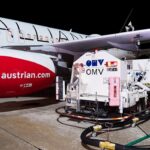
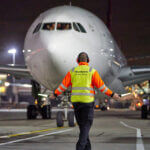
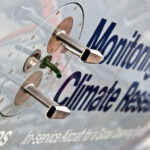


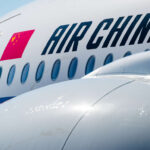
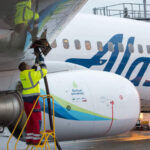
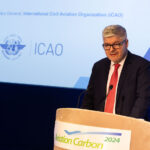



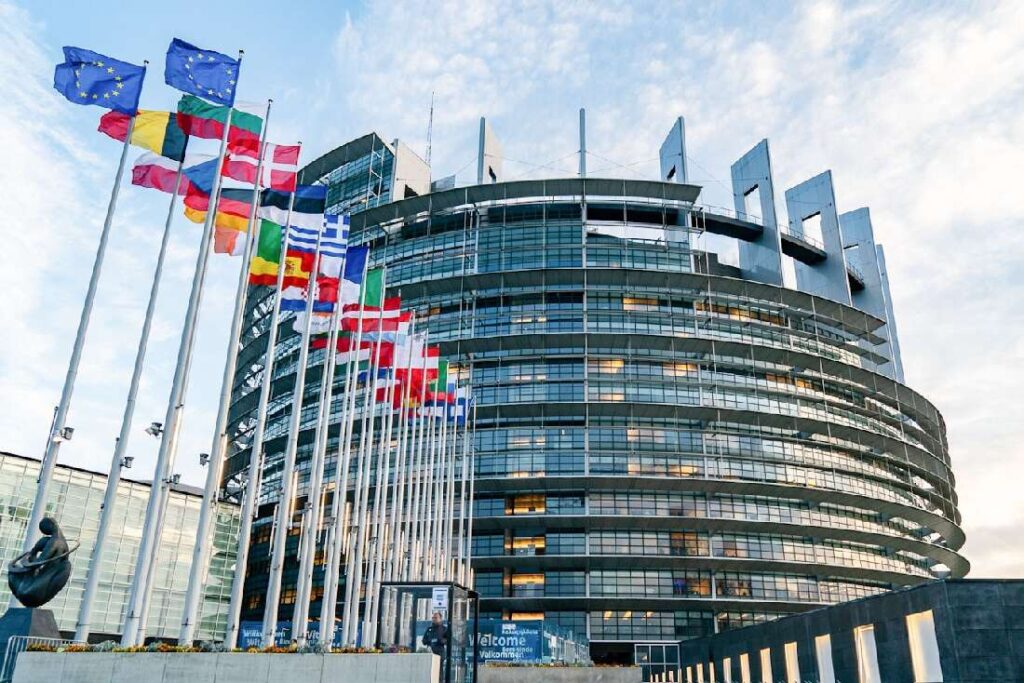

More News & Features
Progress on decarbonising the airline sector has been slow this year, says IATA chief
EASA releases status report on Europe’s SAF production and readiness to meet blending targets
UK government sets out new Jet Zero focus and launches consultation on CORSIA global emissions scheme
European and US research programmes expand to better understand aviation non-CO2 climate effects
T&E joins aviation and climate scientists in urging action to reduce warming contrails
New study highlights differing strategies and barriers to decarbonising aviation in UK and Europe